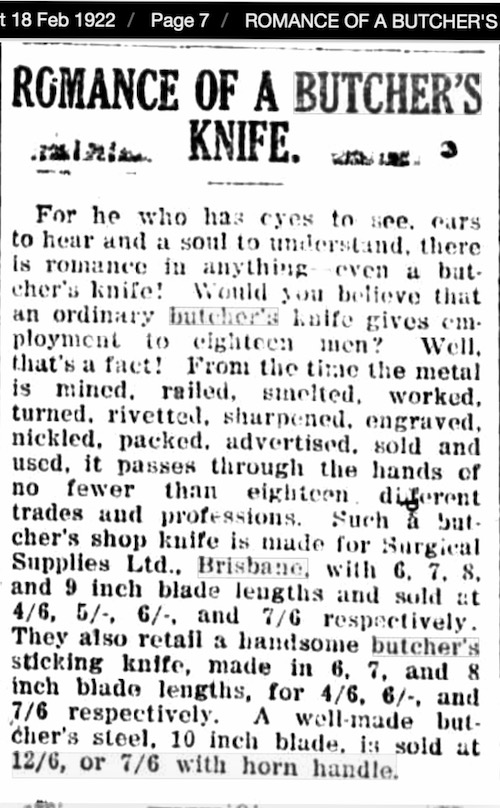Jerry Palmos: From a corner store in East Brisbane to a Brisbane property and café empire.  The story of Jerry Palmos is a good example of the significant contribution Greek migrants made to the business and cultural development of Brisbane in the early to mid 1900s.
The story of Jerry Palmos is a good example of the significant contribution Greek migrants made to the business and cultural development of Brisbane in the early to mid 1900s.


Jerry Palmos was born in Ithaca, Greece in 1905 and came to Australia in 1921, settling in Sydney. He worked as a prawn fisherman, until he moved to Brisbane where he was employed in the office of a cake shop in the Carnegie Building, opposite Barry & Roberts. He met and married Elizabeth McNeil and they had three children.
 In 1937 he bought his first shop, a corner shop/milk bar on the corner of Lytton Road and Heidelberg Street, East Brisbane. They owned this shop until 1941.
In 1937 he bought his first shop, a corner shop/milk bar on the corner of Lytton Road and Heidelberg Street, East Brisbane. They owned this shop until 1941.
During the next few years he bought other properties in Brisbane, including the Day Dawn Cafe in Queen Street, the South Pacific Cafe in Stanley Street, the High Hat in the Valley, the Black & White Milk Bar on the corner of Queen and Edward Streets, and the Colony Club in Edward Street. 
 In 1951, he bought The Palms Café at the entrance to the Regent Theatre in Queen Street and in 1956 he bought the building where the Colony Club was located. He died in 1975.
In 1951, he bought The Palms Café at the entrance to the Regent Theatre in Queen Street and in 1956 he bought the building where the Colony Club was located. He died in 1975.
























 In 1920 a Lebanese immigrant , Calile Malouf , bought the building and established a family drapery business. Malouf and Sons became one of Brisbane’s most successful retail businesses which traded there until
In 1920 a Lebanese immigrant , Calile Malouf , bought the building and established a family drapery business. Malouf and Sons became one of Brisbane’s most successful retail businesses which traded there until









